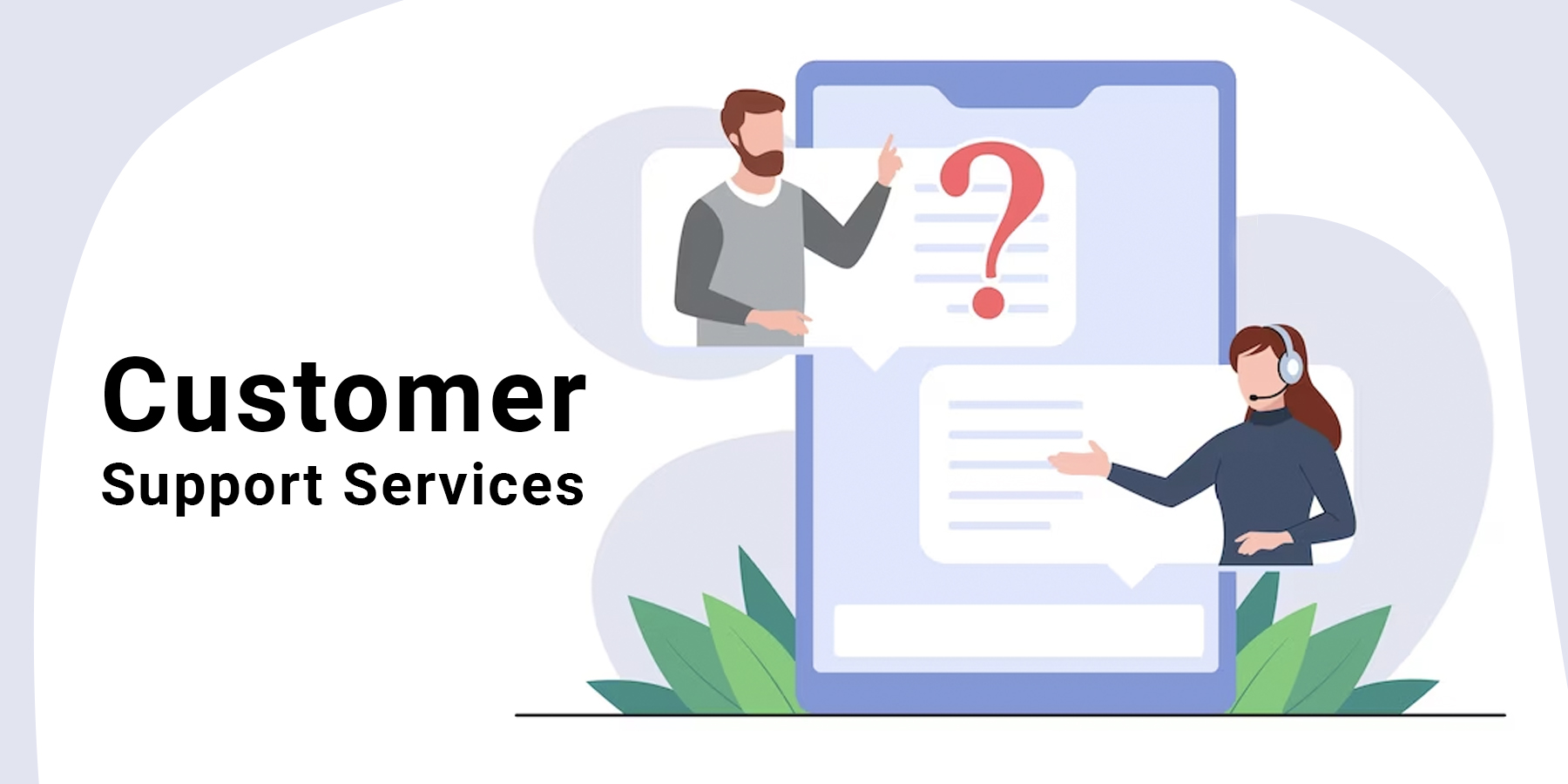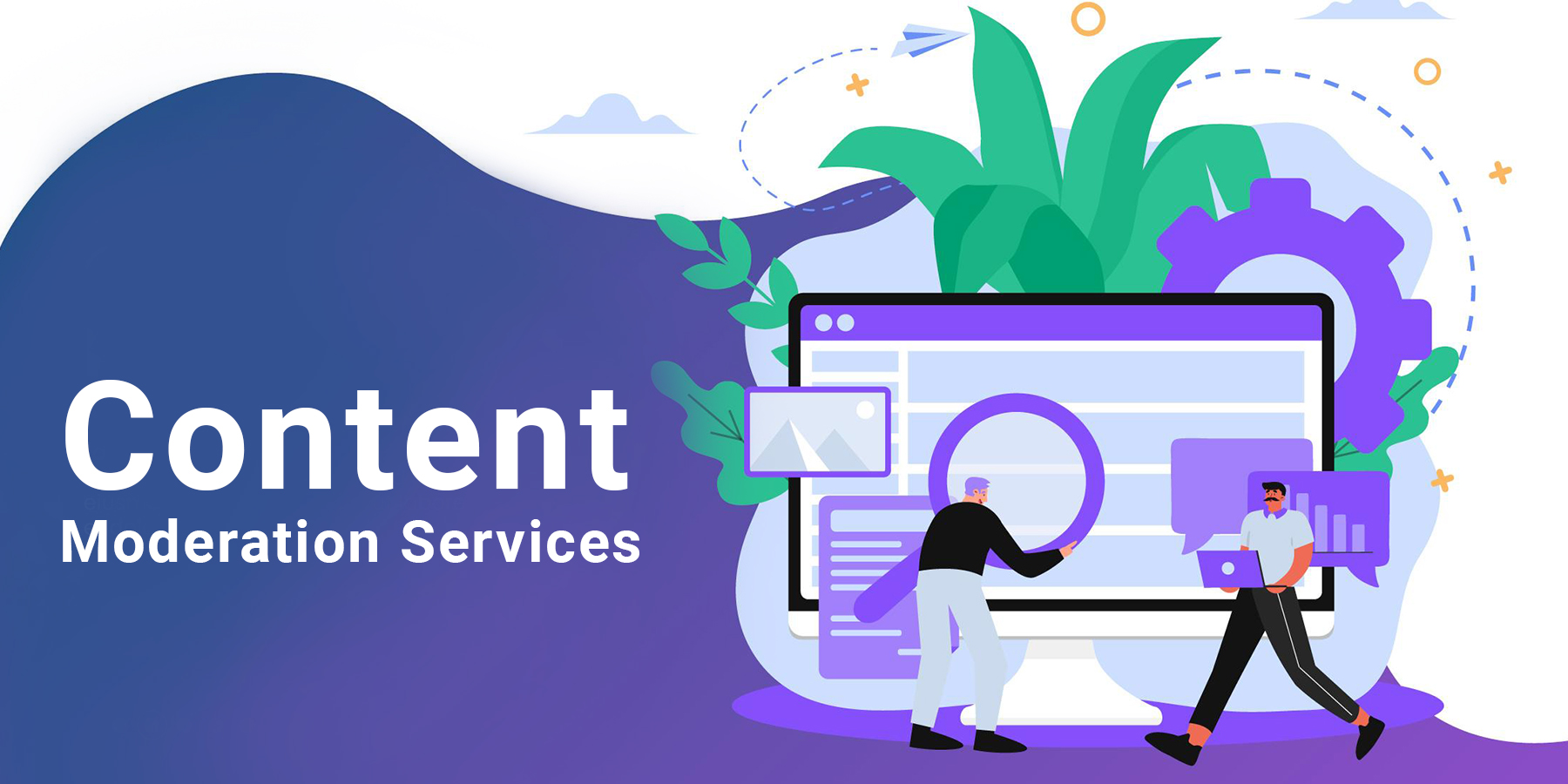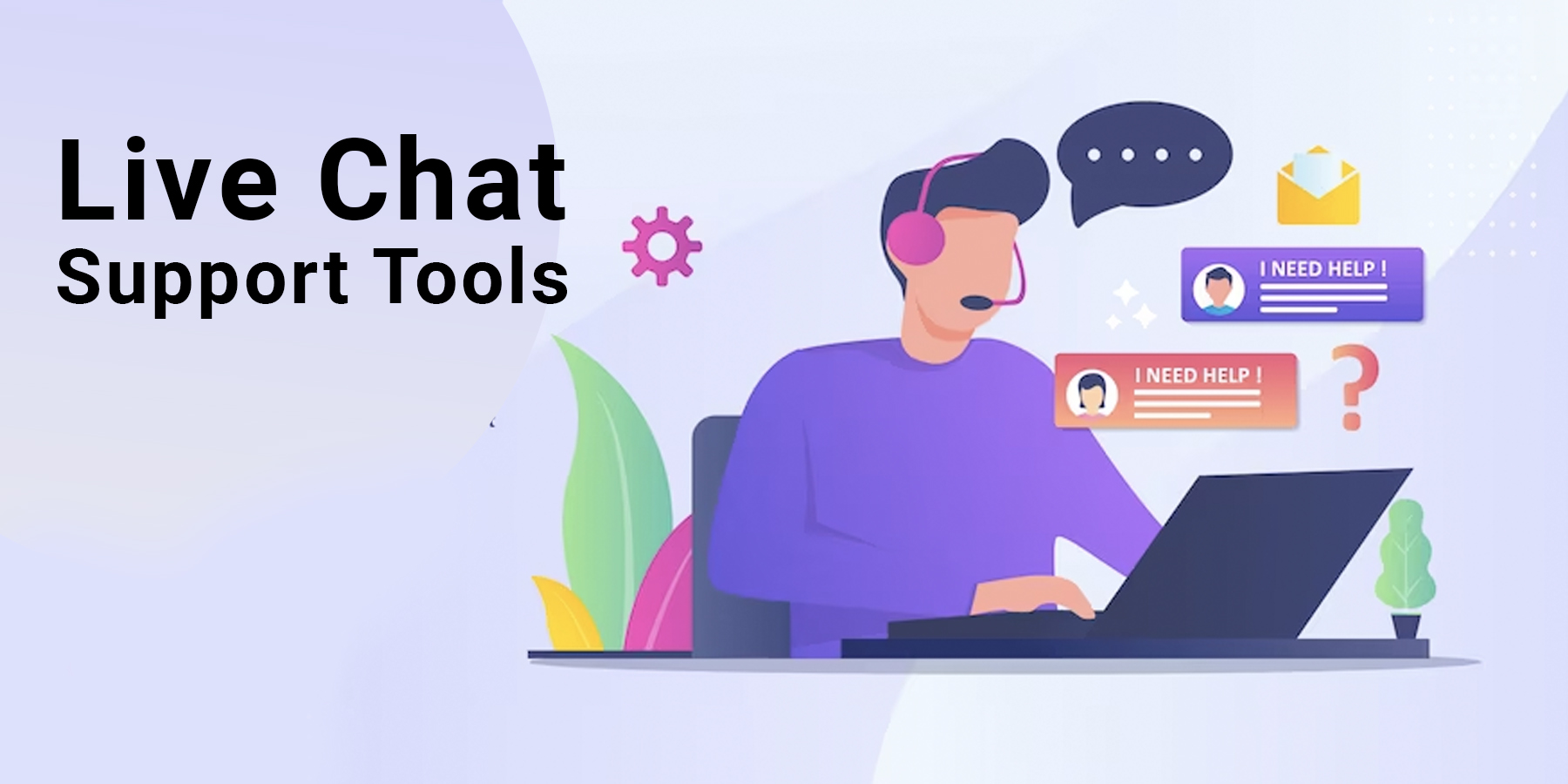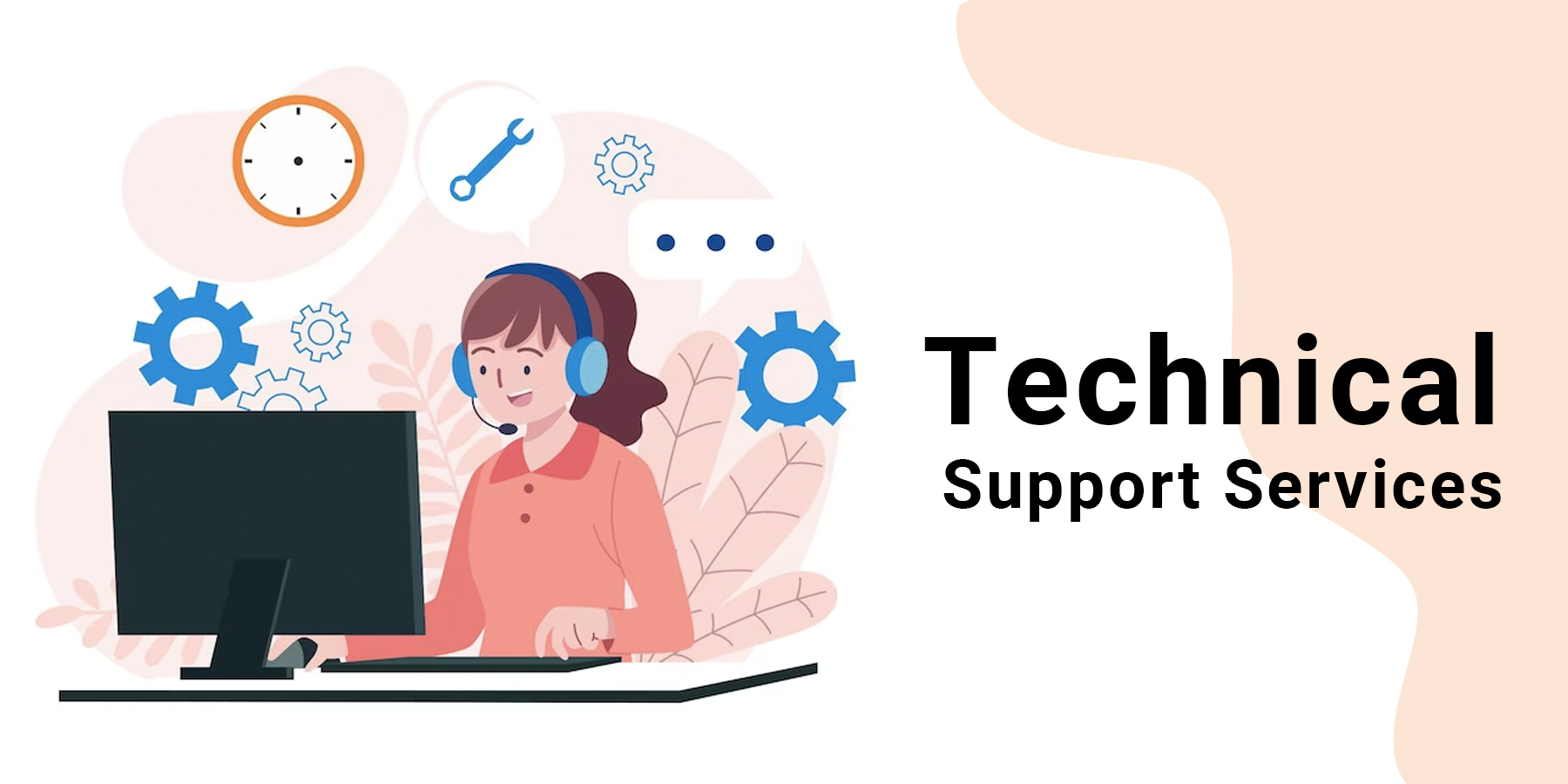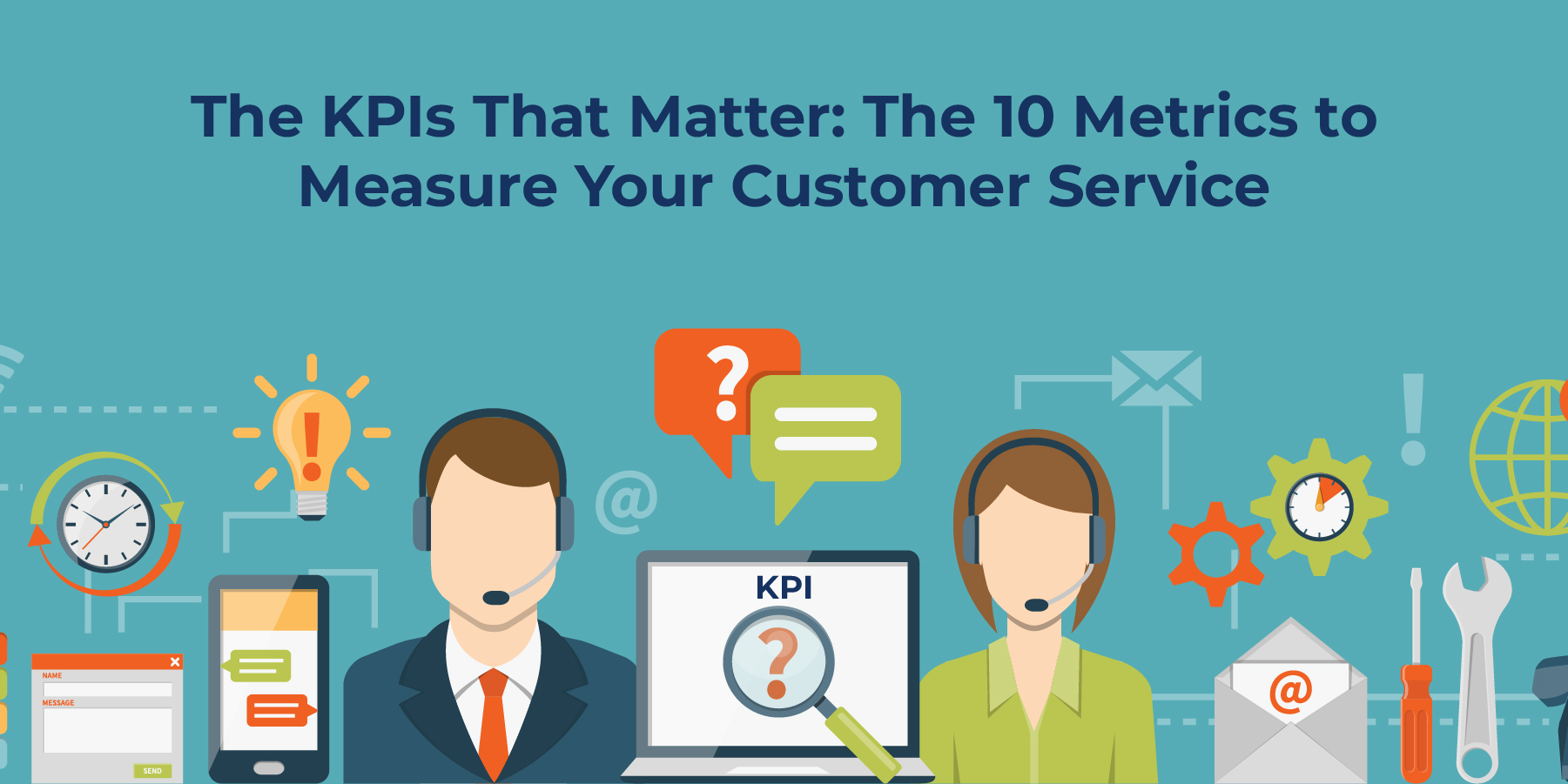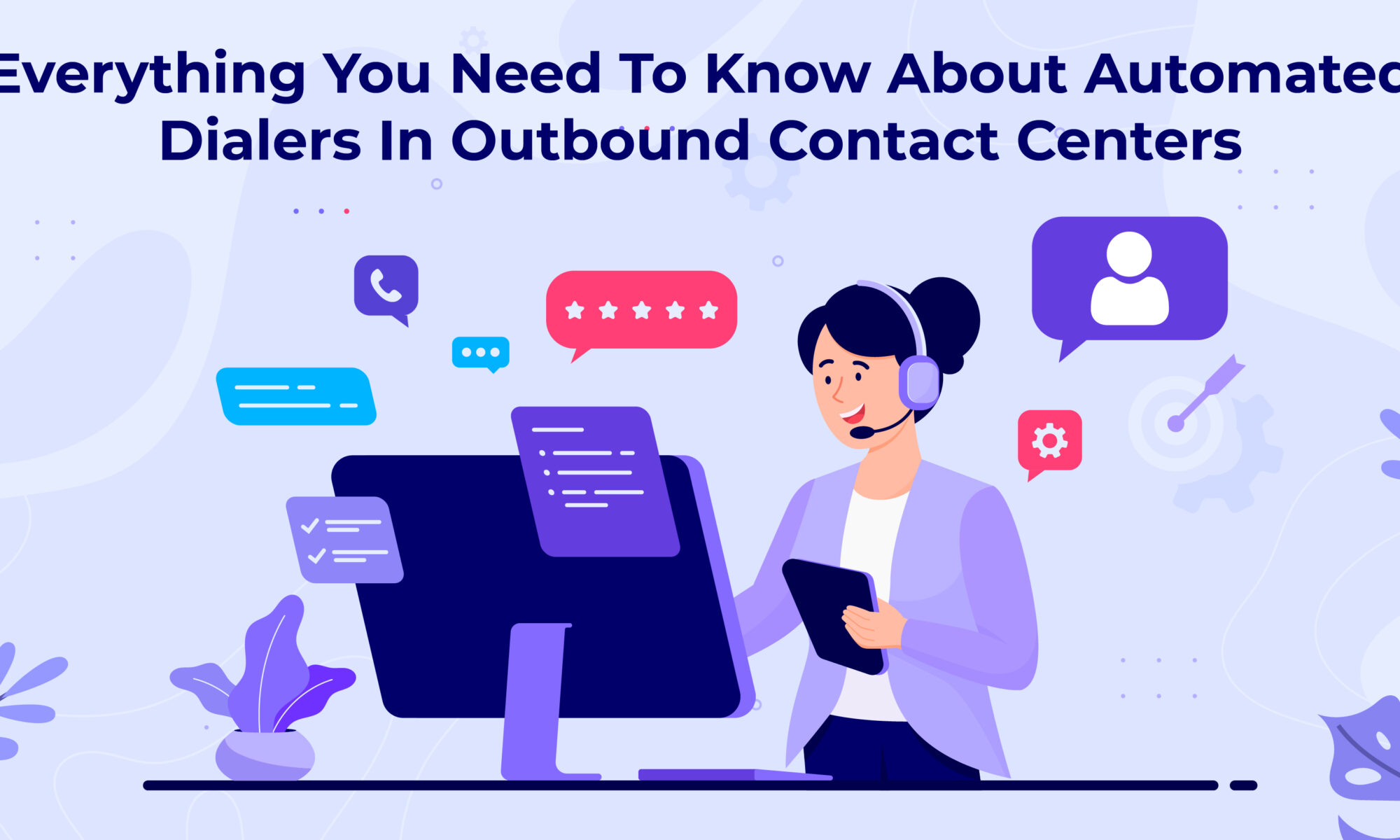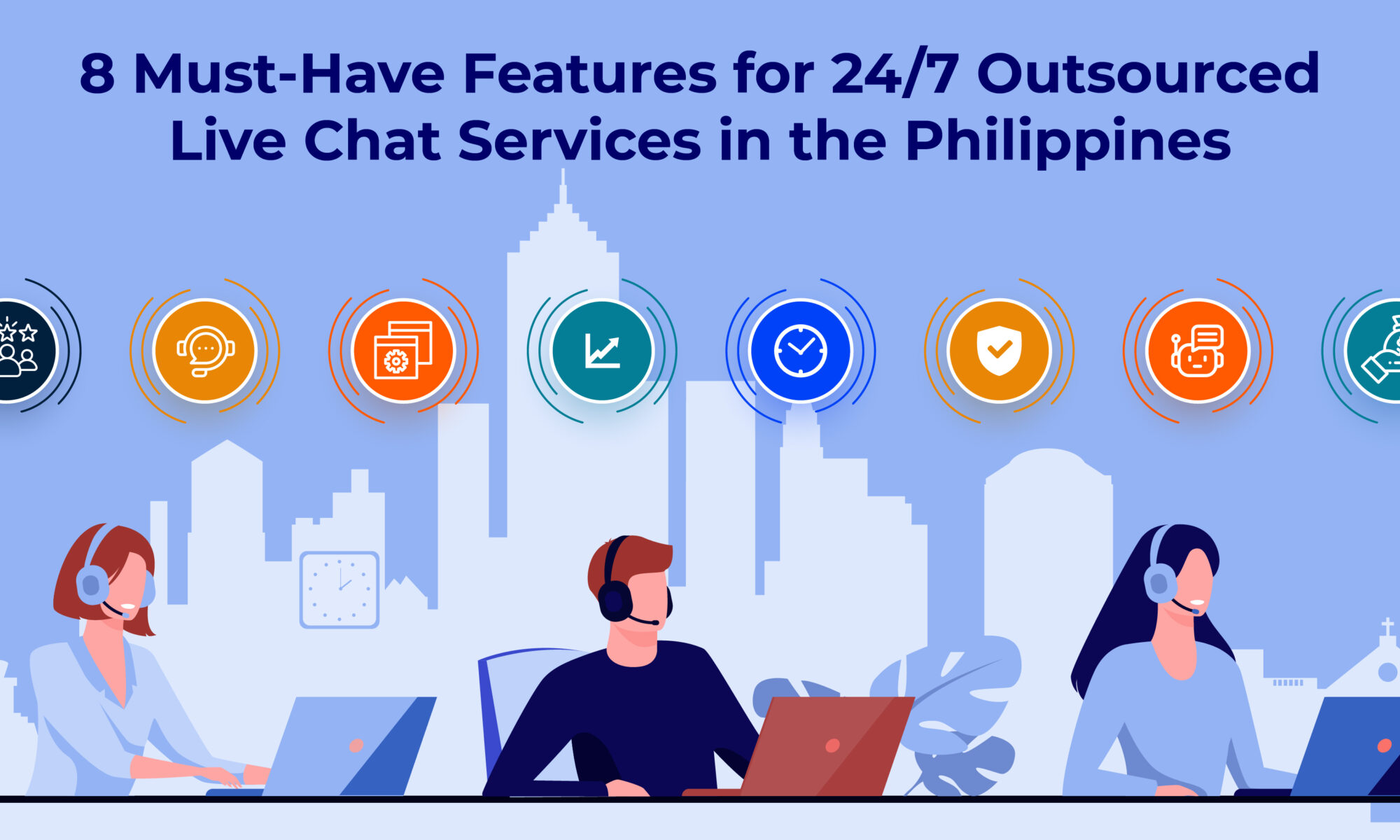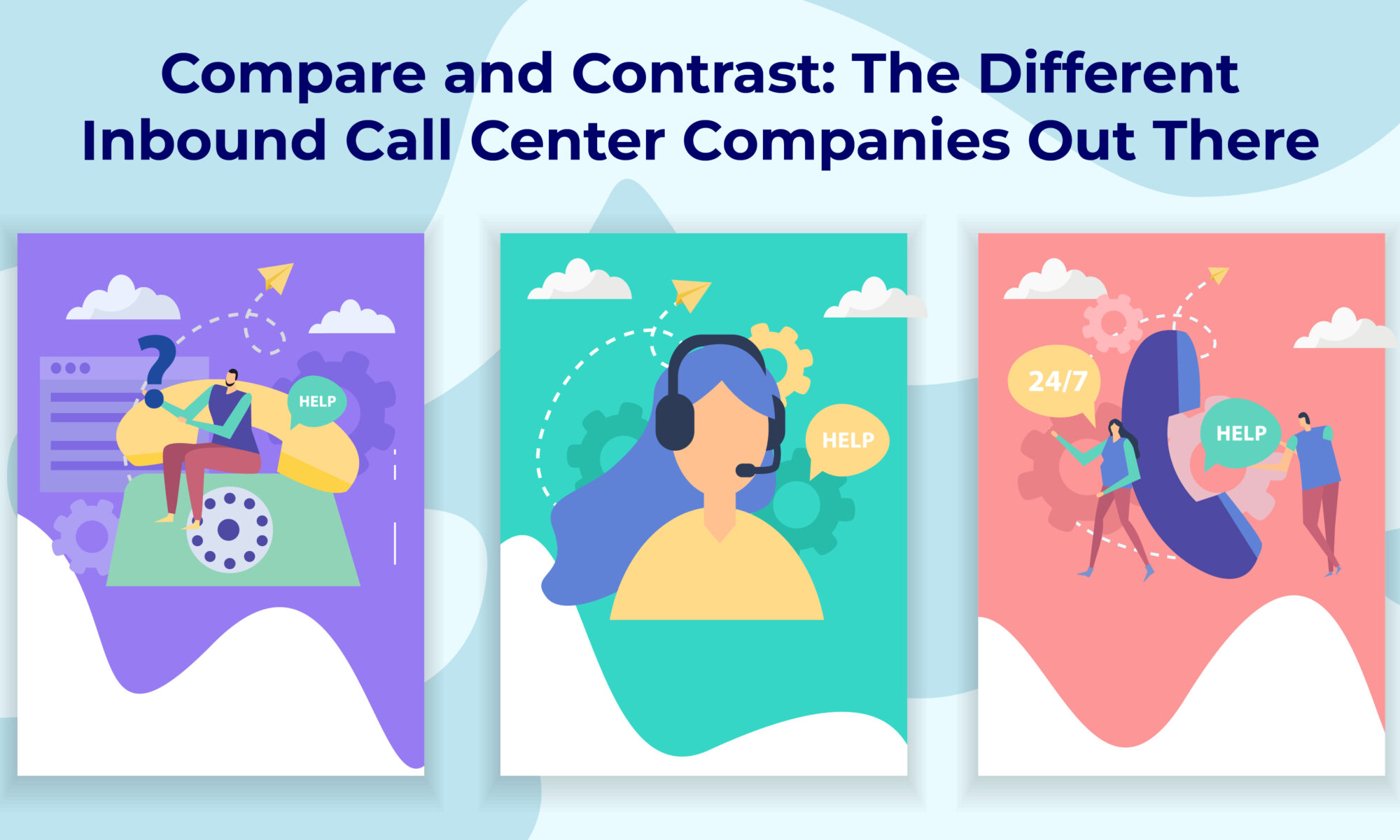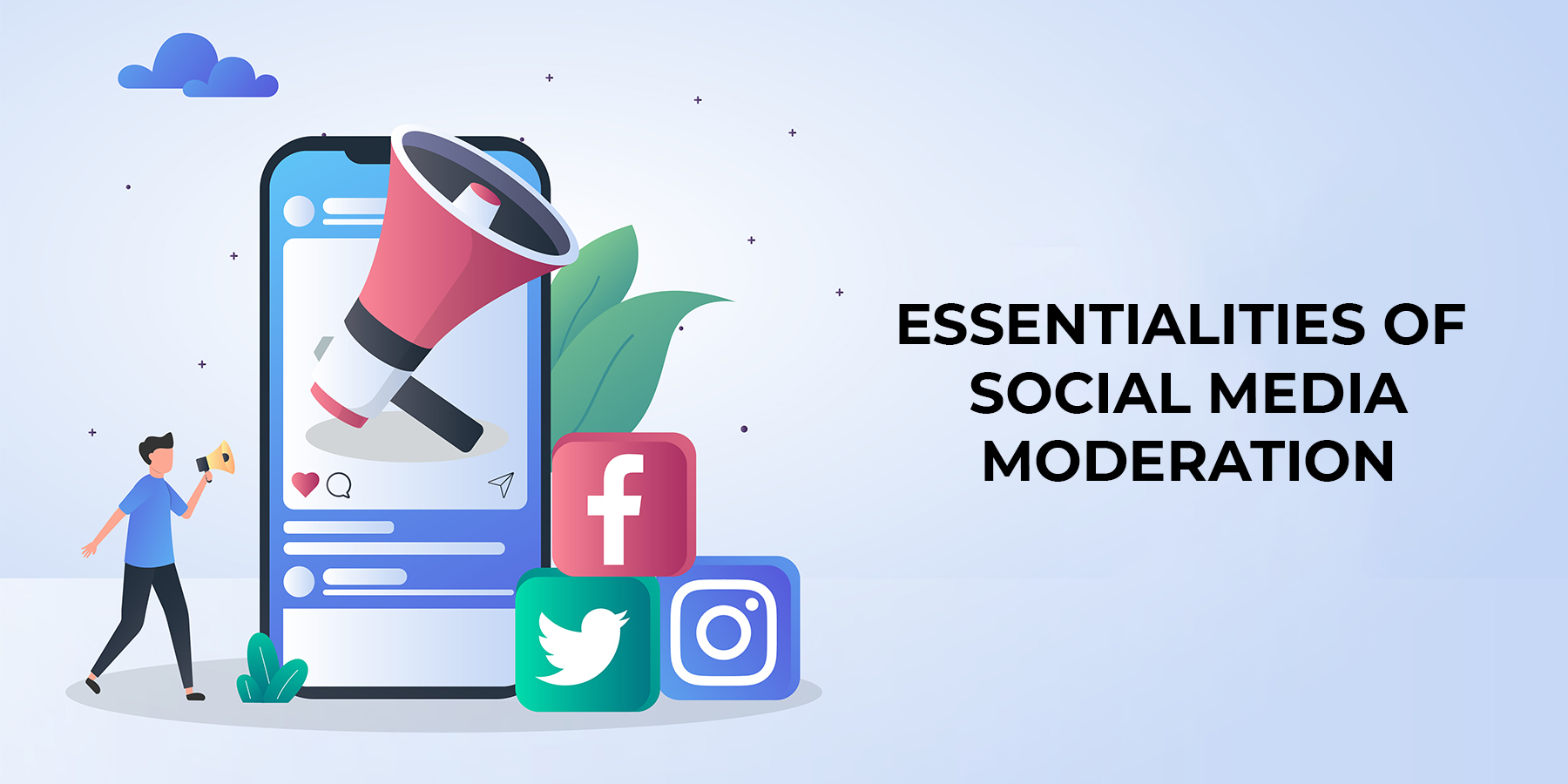How do you measure the success of your customer service team? With so much competition in today's business world, keeping your customers happy and satisfied is more important than ever. But how do you know if you're meeting their needs?
Key Performance Indicators (KPIs) are a way of measuring success in various aspects of your business. For customer service, specific KPIs can help you understand how well your team is performing. From response time to customer satisfaction, these metrics provide valuable insights into the effectiveness of your customer service strategy.
In this article, we'll explore 20 essential customer service KPIs with formulas to help you measure your team's success. By tracking these metrics, you'll be able to identify areas for improvement and make data-driven decisions to serve your customers better. Whether you're a small business owner or a large corporation, these customer service KPIs will provide valuable insights into your customer service performance.
Examples of Customer Service KPI
A key performance indicator is a measurement tool used to assess individual and business performance. They are essential for firms to set, track, and evaluate goals. KPIs for customer service include:
1. Average Handling Time
Average Handling Time (AHT) is a crucial metric in measuring the efficiency of customer service representatives. It refers to the total amount of time an agent spends on a single customer interaction, from when the customer initiates contact until the issue is resolved. AHT is not only crucial for evaluating the performance of agents, but it can also impact the overall customer experience.
For example, suppose a customer has to wait on hold for an extended period. In that case, it can lead to frustration and potentially impact their decision to continue doing business with the company. On the other hand, if the agent can handle the issue quickly and efficiently, it can increase customer satisfaction and loyalty.
The formula for AHT is:
AHT = (Total talk time + Total hold time + Total after-call work time) / Total number of interactions
2. First Response Time
First Response Time (FRT) is a metric that measures how quickly a customer support representative responds to a customer's initial inquiry or issue. A fast FRT is crucial to ensuring customer satisfaction and loyalty. It can also indicate the efficiency of a company's customer service team and its ability to resolve customer problems quickly.
For example, let's say a customer emails a company's support team with a question about a product. The FRT is calculated by measuring the time elapsed between when the email is received and when the first response is sent back to the customer. The FRT is considered fast if the company responds within a few hours. The FRT is considered slow if it takes several days to receive a response.
The formula for First Response Time (FRT) KPI can be expressed as:
FRT = (Total time taken to respond to a customer's inquiry or issue) / (Total number of inquiries or issues)
Where "Total time taken to respond" refers to the time elapsed between when a customer inquiry or issue is received and when the first response is sent to the customer. The response can be in the form of an email, phone call, chat message, or any other communication channel.
3. Average Resolution Time
Average resolution time (ART) is a key performance indicator (KPI) that measures the average time taken by customer support agents to resolve a customer issue or inquiry. The ART starts when a customer initiates a support ticket and ends when the issue is resolved, and the customer is satisfied with the outcome.
For example, suppose a customer contacts a business's customer support team with an issue regarding a product. The support team starts working on the issue and resolves it within 24 hours. The average resolution time for this issue would be 24 hours.
The formula for Average Resolution Time (ART) KPI can be expressed as:
ART = (Total time taken to resolve all issues or tickets) / (Total number of issues or tickets resolved)
Where "Total time taken to resolve" refers to the time elapsed between when a customer issue or ticket is opened and when it is resolved. The resolution time includes the time taken to diagnose, troubleshoot, and fix the problem..
4. Net Promoter Score
The Net Promoter Score (NPS) is a valuable metric for measuring customer loyalty and satisfaction. It is determined by asking customers how likely they are to recommend a company to their friends or family on a scale of 1 to 10. Those who score 9 or 10 are considered promoters and are most likely to recommend the company to others. Scores of 7 or 8 are considered neutral, while 6 or below are considered detractors.
For example, if a company receives responses from 100 customers, and 40 give a score of 9 or 10, 30 give a score of 7 or 8, and 30 give a score of 6 or below, the NPS would be calculated as follows:
NPS = (% of Promoters) - (% of Detractors)
NPS = (40/100) x 100 - (30/100) x 100
NPS = 10
In this example, the NPS is 10, which means that the company has more promoters than detractors, but there is still room for improvement. By tracking the NPS over time, the company can see if its efforts to improve customer satisfaction are making a difference.
5. Customer Effort Score
Customer Effort Score (CES) measures the amount of effort a customer has to put in to resolve an issue or complete a task with a company. It assesses how easy or difficult it is for customers to interact with a business. To calculate CES, customers are typically asked to rate their experience on a scale from easy to difficult. The results are then averaged and presented as a percentage.
For example, a customer who contacts a company's customer service department to resolve an issue is asked to rate how easy it was to resolve the issue on a scale of 1 to 5, with 1 being the easiest and 5 being the most difficult. If the customer gives a rating of 3, this is added to the total score of responses. After collecting responses from multiple customers, the total score is divided by the total number of responses and multiplied by 100 to give a percentage score. This score indicates the level of effort customers had to put in to resolve their issues with the company.
Here’s the formula for Customer Effort Score;
CES = (Total score of responses / Total number of responses) x 100
where,
Responses are measured on a scale from 1 to 5, with 1 being the lowest level of effort and 5 being the highest level of effort.
Customer Service KPIs
A program called a service desk, which is frequently automated, controls communication between a business and its clients. Most platforms offer collaborative systems with tools like shared inboxes, pre-written responses and actions, app connections, and sophisticated metrics reporting.
The key performance indicators KPIs for customer service desks are comparable to those for regular customer service, except that they emphasize the efficiency and promptness of automated systems through metrics like average resolution time, tickets that have been addressed, and CSAT.
These additional metrics are used to gauge service desk performance in addition to those already mentioned on the list.
1. Rate of First Contact Resolution
The first contact resolution rate, which assesses the proportion of tickets resolved during initial contact, differs from the average resolution time. Although it is a measure of efficiency, it can distort metrics because specific problems are more complicated and take longer to solve.
Rate of First Contact Resolution = (Total number of tickets resolved on first contact / Total number of tickets received) x 100
2. Average Time to Reply
Average reply time gauges how long agents respond to client inquiries during all customer communications, not just first outreach. For instance, the agent's time to reply to each customer's chat message.
Average Time to Reply = (Total time taken to reply to all tickets / Total number of tickets received)
3. Touches by Agents per Ticket
Customers often detest the frequent back and forth to fix a problem since they want their issues resolved immediately. The number of interactions an agent has with a customer before deciding on a problem is measured in "agent touches per ticket." The customer satisfaction rate can suffer from a high touch rate per ticket.
Touches by Agents per Ticket = (Total number of touches by agents / Total number of tickets received)
4. Information Base Views
Views in the knowledge base are unrelated to consumer interactions with agents. This indicator counts the number of times FAQ or assistance pages have been seen. Businesses can pinpoint trends in consumer complaints based on the number of their searches.
Information Base Views = (Total number of views on the information base / Total number of unique visitors)
5. Rate of Abandonment
Call abandonment rate, a metric only used for phone calls, counts the number of callers who hang up before speaking to a customer service representative. High desertion rates negatively impact overall customer happiness and service. According to Talkdesk, the government and public sector (7.44%), transportation and logistics (7.4%), and healthcare (6.91%) had the three industries with the most effective average desertion rates.
While keeping track of all these customer service KPIs might be burdensome, especially for small firms, tools like Plecto are helpful. Plecto is an engagement and incentive platform that allows businesses to create unique customer service KPIs and gives their employees access to real-time statistics, competitions, and achievements. While they provide customer service solutions, the all-inclusive platform also benefits sales, marketing, and development.
Rate of Abandonment = (Total number of abandoned tickets / Total number of tickets received) x 100
Wrapping Up
It's critical to track and evaluates key performance indicators (KPIs) to ensure your customer service plan is successful. Businesses can enhance customer satisfaction and retention by establishing and monitoring the 20 customer service KPIs covered in this article to learn more about how effective their customer service operations are. These customer service KPIs encompass various indicators that impact the customer experience, from response time to first contact resolution rate.
Businesses can discover areas for development and enhance their customer service operations to obtain better results by calculating these KPIs regularly and benchmarking against industry standards. Ultimately, organizations may improve customer relationships and promote long-term growth and success by concentrating on these customer service KPIs.


